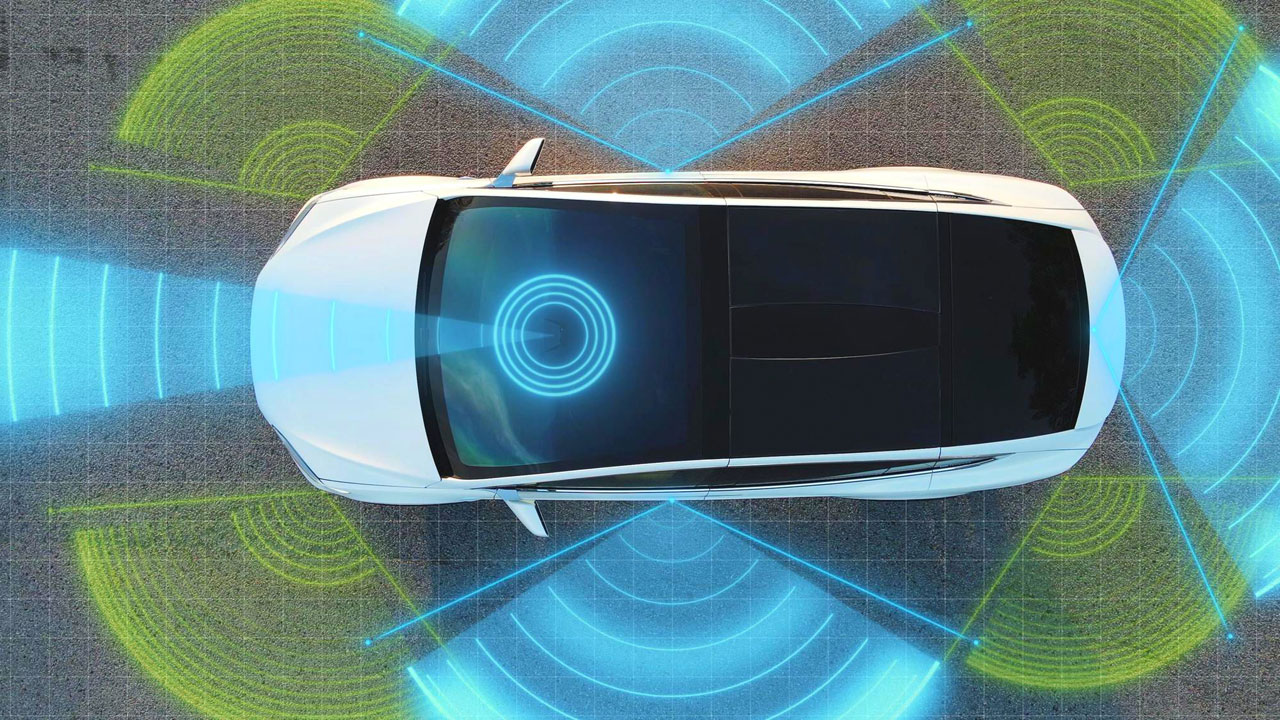For years, the discussion on the introduction of autonomous vehicles remained unresolved. At the end of March 2023, however, the Greek Government attempted to take relevant action, through certain amendments of the Greek Traffic Code.
Although autonomous vehicles entered our lives a while ago, up until now legal theorists and industry stakeholders tended to focus their lengthy debates and proposed solutions on different moral philosophies.
Nevertheless, a different approach was taken last March, as the Greek Government moved to eliminate an actual legal hurdle: based on Art. 13 par 1 of the Greek Traffic Road Code, all moving vehicles or any combination of vehicles must have a driver. Apparently, this provision excluded autonomous vehicles entirely and, therefore, the time had come for a review, in line with current technological developments.
First of all, Art. 13 was modified to include provisions allowing the use of autonomous city buses in Greece, provided that certain specific conditions are met. For example, these buses shall be used for research and pilot applications following a decision of the municipal council, combined with the agreement of the competent traffic police department. Such vehicles should be used in the context of public transport, for a certain period of time, and must follow a prescribed route established on the basis of a traffic study.
In addition to the above, Ministerial Decision 393352/2022 of the Deputy Minister of Transport and Infrastructure was adopted (Government Gazette B’ 6414/2022), setting out the legal framework under which driverless vehicles of all categories could be set into circulation. The MD lays out specific prerequisites regarding the system used by the autonomous vehicle, aiming to ensure, inter alia, primarily protection of human life, lawful and stable velocity and acceleration, adjustment to conditions formed by the human or natural factor, as well as showing proactive behavior in order to minimize potential risks created in traffic, recognition of objects, signs and vehicles on the front, sides and rear parts of the buses, as well as provision for the capacity of passengers to activate the emergency systems (e.g. minimum risk maneuver) and exit the vehicle.
The person responsible for monitoring the movement of the vehicle shall own a driver’s license for the category of vehicle they are controlling and possess the necessary credentials from a competent authority to operate the vehicle and use the technology and the infrastructure associated with it. Such person has to duly follow the obligations provided for in the Road Traffic Code for drivers. The maximum number of vehicles controlled by one person at the same time shall be four (4).
The circulation of driverless vehicles shall be permitted after a trial period, which is comprised of five (5) stages and a review process after each of them is completed. The initial stage includes circulation of the vehicle with a driver, then there is no driver but a person controlling the vehicle from its interior, and, in the end, the circulation of the vehicle monitored from a control room, first without passengers and finally with passengers on board. The inspection of the compliance of the vehicle is carried out by the Transport and Communications Department of the competent regional division.
Although their operation in Greece still at an early stage, autonomous vehicles are here to stay - and this is an area that our dedicated TMT team at Ballas Pelecanos & Associates LPC. is following closely. For any related queries you may have, do not hesitate to contact us at [email protected]




